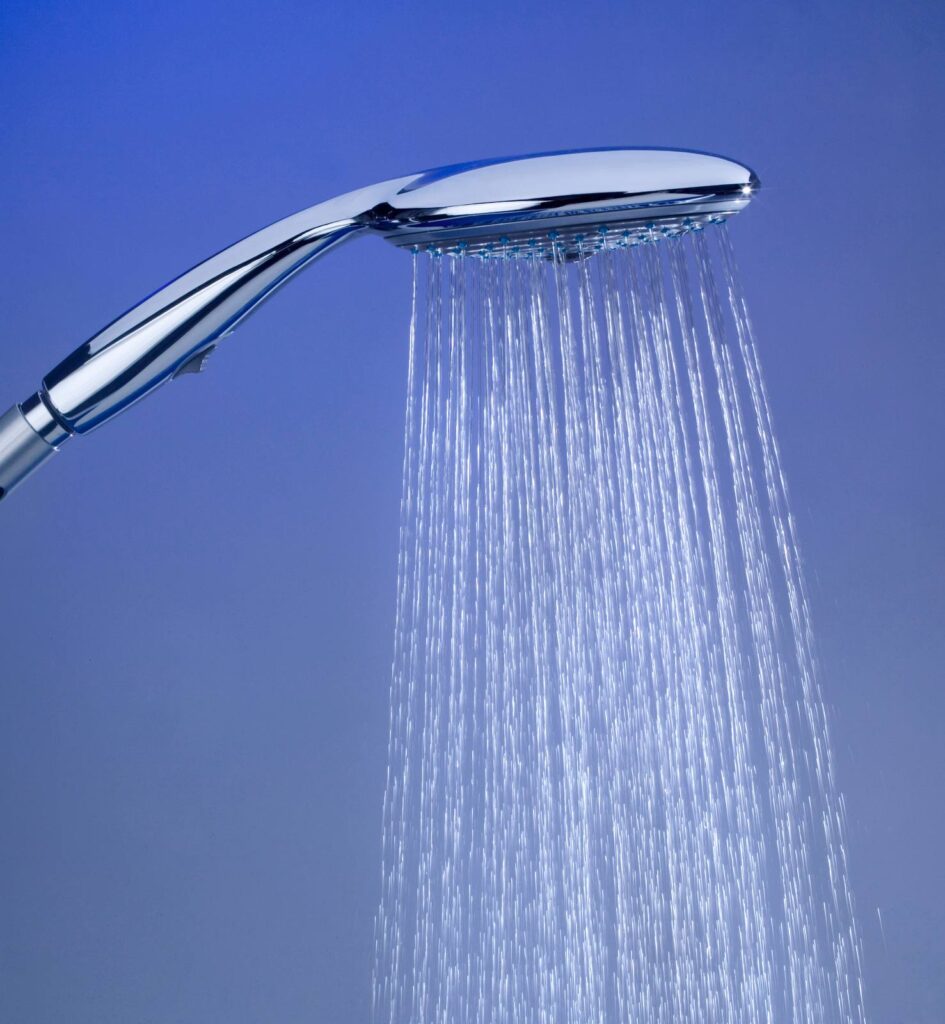Have you noticed a difference in your home water pressure? There are a number of reasons why this may be happening. Here’s how to determine why your water pressure has changed and what to do about it.
Clean Your Fixtures
If you notice that your water pressure is low only from specific fixtures, such as your showerhead, a likely culprit is mineral buildup clogging up the fixture and making it impossible for the water to flow freely. Clean your fixture thoroughly with vinegar and your water pressure should improve immediately. The best way to do this is to let the fixture soak in vinegar for 30 minutes to an hour. In order to do this without going to the trouble of removing the fixture, you can simply fill a plastic bag with vinegar and secure it to the showerhead or faucet with a rubber band.
Check Your Valves
If your water pressure is low throughout your whole home, it may be a simple valve issue. Check your main water shutoff valve and make sure that it is all the way open so that water can flow freely. Also check your pressure reducing valve (PRV) and make sure it is set to the proper pressure level.
What if My Water Pressure is too High?
Although this is a less common complaint than lowered water pressure, it is much more important! Sometimes water pressure becomes too high and can damage pipes, fixtures, and appliances, causes higher monthly bills and wastes water. If your water pressure is too high, make sure that you have your PRV inspected by a plumber and adjusted to the right setting or have a new PRV installed if necessary. High water pressure means that your PRV is not functioning properly and could cause flooding as well as severe damage to pipes and fixtures.



